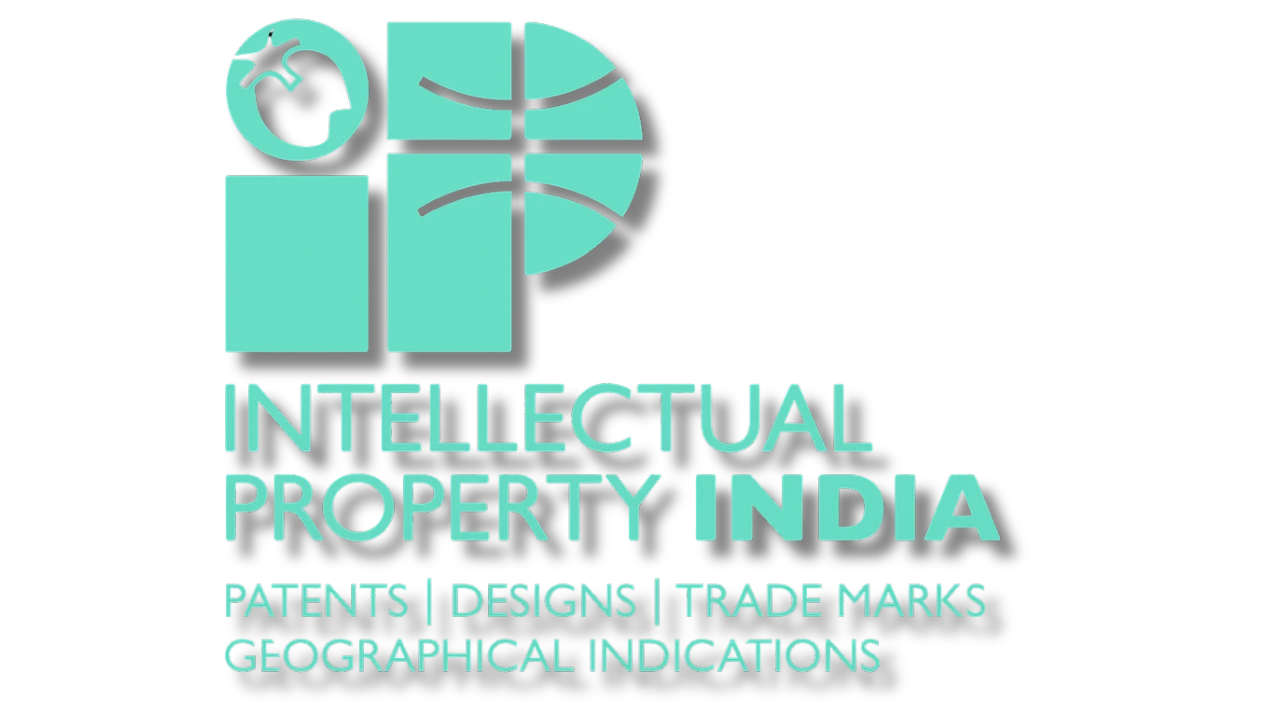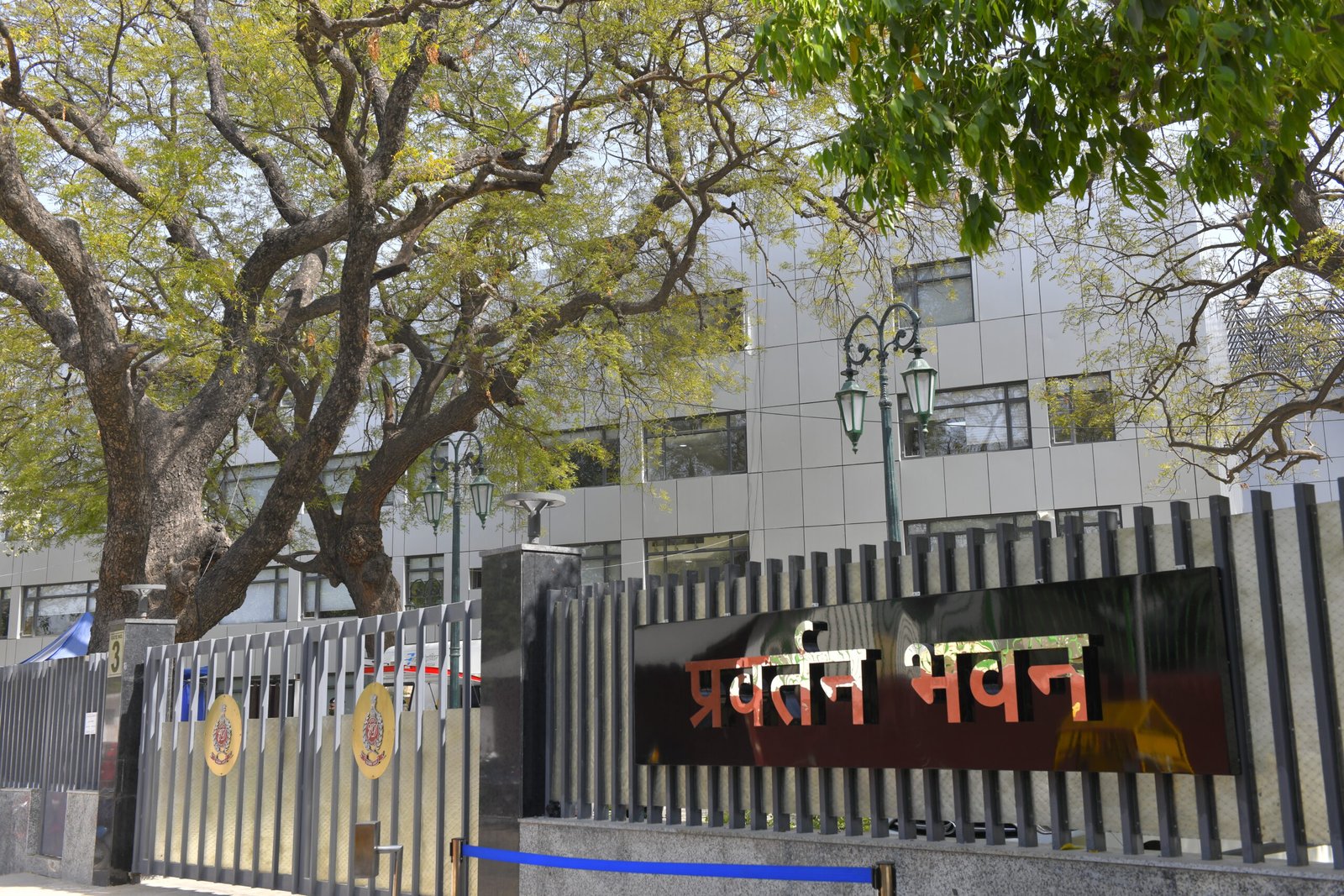Introduction
The Indian Patent Office has taken a significant stride towards clarifying the patentability landscape for Computer Related Inventions with the release of the Draft CRI Guidelines 2025 – Version 2.0. Accompanied by an extensive illustrative Annexure, this updated version aims to provide much-needed clarity for patent examiners, applicants, and practitioners navigating the complex realm of CRIs in India. These guidelines are poised to refine the examination process, integrate recent judicial pronouncements, and address emerging technologies, ensuring a more predictable and robust patent system.
The Draft Guidelines for Examination of CRI1, 2025, Version 2.0, along with Annexure-I, have been made available for public consultation. This release builds upon an earlier draft from March 2025, incorporating expanded procedural guidance, additional case law references, and a structured set of illustrative examples. The overarching goal is to provide a clearer framework for applying Section 3(k) of the Indian Patents Act, 1970, which excludes “a mathematical or business method or a computer programme per se or an algorithm” from patentability.
Structural Changes and Additions
Version 2.0 marks a notable expansion from its predecessor, growing to 62 pages from the previous 47. A significant addition is the accompanying 73-page Annexure I, which offers a detailed, non-exhaustive collection of examples categorised under each limb of Section 3(k), providing practical insights into how these exclusions are applied.
Furthermore, the guidelines feature a restructured and renamed sectional organization. A crucial new addition is Section 5: “Examination of Inventions related to Artificial Intelligence (AI), Machine Learning (ML), Deep Learning (DL), Blockchain, Quantum Computing.” This dedicated section outlines specific examination procedures tailored for these rapidly evolving technologies, underscoring the Patent Office’s commitment to keeping pace with innovation.
- Dedicated Guidance on Emerging Technologies
Recognising the burgeoning landscape of cutting-edge technologies, Version 2.0 provides specialised examination guidance for inventions related to AI/ML/DL, Quantum Computing, and Blockchain Technology. This section delves into the evaluation of such inventions, emphasizing the necessity of a demonstrable technical contribution, seamless hardware-software integration, and tangible real-world applications. Importantly, it reiterates that the exclusions under Section 3(k) remain applicable even to these advanced fields.
- Illustrative Examples through Annexure I
Annexure I is a particularly valuable resource, featuring a comprehensive set of examples categorised under the core exclusions of Section 3(k): Mathematical Methods, Algorithms, Business Methods, and Computer Programs per se. Each example is meticulously analysed through a structured three-step process:
- Identification of the invention’s objective: What problem does the invention aim to solve?
- Evaluation of excluded subject matter: Is the core of the invention primarily an excluded subject matter?
- Determination of a larger technical process: Does the excluded subject matter form part of a broader technical process or solution?
These examples cover diverse domains, from audio signal processing and drone navigation to medical imaging, POS terminals, financial computations, biometric authentication, and server load balancing. The Annexure explicitly clarifies whether each example would be excluded under Section 3(k) or deemed patent-eligible based on the presence of a genuine technical effect and application.
- Clarification on Patentability Standards
The updated guidelines reinforce critical principles of CRI patentability:
- The presence of a computer program or mathematical method in a claim does not automatically disqualify it under Section 3(k).
- The actual substance of the claim and its technical contribution must be assessed holistically, looking beyond mere form.
- For an invention involving a general-purpose computer, it must yield a “specific and credible technical effect” to overcome the exclusion. This means the computer should be more than just a generic processing unit for a non-technical idea.
- Refined Examination Process
Version 2.0 provides clear directives for Patent Examiners:
- Examiners must ascertain the “actual contribution” of the claimed invention.
- If this contribution lies solely within the excluded subject matter of Section 3(k), the claim is considered non-patentable.
- However, if the contribution demonstrates a “technical advancement” or a “real-world technical effect,” the claim must then undergo further evaluation based on the core patentability criteria: invention (Section 2(1)(j)), inventive step (Section 2(1)(ja)), and industrial applicability (Section 2(1)(ac)).
Conclusion
The Draft CRI Guidelines 2025 – Version 2.0 signifies a concerted effort by the Indian Patent Office to provide greater clarity and predictability in the examination of Computer Related Inventions. By integrating recent jurisprudence, offering guidance on cutting-edge technologies, and providing extensive illustrative examples, these guidelines aim to streamline the patent process. For inventors and businesses in the tech sector, understanding and adapting to these updates will be crucial for navigating India’s intellectual property landscape and securing robust protection for their innovations. This consultative approach underscores a commitment to fostering an environment conducive to technological growth while upholding the principles of patent law.
Citations
- Computer-Related Inventions
Expositor(s): Adv. Archana Shukla






